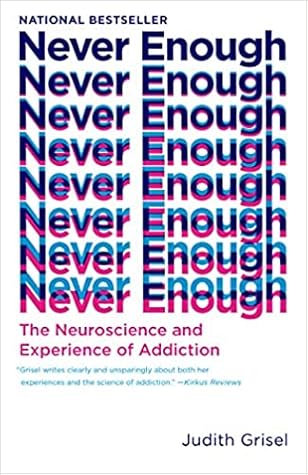More on this book
Community
Kindle Notes & Highlights
Read between
November 5, 2020 - March 5, 2021
These findings replicate and extend previous research, reviewed in depth by David E. Nichols. For example, José Carlos Bouso and colleagues compared more than a hundred regular ayahuasca users with actively religious matched controls on a number of psychological variables including well-being, cognition, and several indices of psychopathology.8 Ayahuasca users were lower on all psychopathology scales, including tendencies toward OCD, anxiety, hostility, paranoia, and depression. They demonstrated no difference in cognitive measures but scored higher on measures of psychosocial well-being than
...more
That question is still being answered, but a recent review suggests that it is via their specific interactions with one of the serotonin receptors (the serotonin 2A).9 The drugs induce activity in genes that are associated with neuroplasticity and disrupt established/default connections between groups of neurons, which “may allow the brain to re-enter a state of widespread global plasticity, whereby the maladaptive patterns responsible for the manifestation of psychiatric illness can be reset.”
Mephedrone
As it turns out, salvinorin A is the most potent natural hallucinogenic so far discovered (LSD surpasses it, but this, of course, is synthetic).
Salvinorin A is a naturally occurring, potent, and selective kappa opioid agonist. Kappa receptors are one of the canonical opioid receptors, often appreciated best for anti-opioid effects. Kappa receptors don’t interact well with morphine or other narcotics, and we’d thought that activation of kappa receptors produces a dysphoric state. For instance, kappa activation has been implicated in the miserable feelings associated with alcohol withdrawal.
Using it over a long period leads to the development of tolerance and dependence. This dependence can be so profound that some users consume the drug every couple of hours around the clock to avoid withdrawal symptoms.
The imprecision and subjectivity of questions such as these are not lost on most addicts, especially because one of the classic symptoms is denial. Almost by definition, we’re more inclined to think of our use as the solution to our troubles than the cause. Sure, I met some of the criteria some of the time, but my ability to fool teachers, clinicians, and law enforcement stemmed from an ability to fool myself.
Though it feels a bit like shouting into the wind, I’ve nonetheless implored my own children as well as my many students to carefully consider the evidence. Popular opinion, wishful thinking, or even favorable legislative policies are no substitute for data. The world’s best science now indicates that the long-term consequences of adolescent drug use, acting upon a very plastic brain that is highly tuned to news and pleasure while at the same time a bit retarded in terms of self-control, may be grim.
also tend to have low harm avoidance, which means that punishment is likely to be even less effective for people like me than it is in the rest of the population. I was probably grounded for half of my early adolescence, but during the rest of the time I made up for it.
Two important factors are making the situation worse. The first has to do with relatively rapid technological advances in drug potency and delivery. In terms of physiological effects, the difference between chewing on a coca leaf and smoking crack cocaine is like the difference between seeking hydration from a teacup and seeking it from a fire hose.
For example, how does a young adult deal with having to choose between a career that earns a lot of money but depends on exploitation and a career working as one of the exploited? What must it feel like to birth children in a world that doesn’t really cherish them? Or to be housed at the end of our days, poor and sick, in warehouses designed just for this purpose? What’s really hard to imagine is how anybody wouldn’t pick up, faced with realities like these.
It is not heroin, alcohol, nicotine, or cocaine that makes one an addict; it is the drive to escape from reality.
But the insistence on starting and ending within an addict’s head is not only misguided but insidious.
Together we nourish the epidemic of addiction by espousing false dichotomies like “us” versus “them” or “well” versus “sick.” In doing so, we embrace the myth that happiness can be pursued at the individual level, and therefore perpetuate a culture of isolation and alienation. In so doing, we further preclude the possible benefits that might be realized by a more diverse, inclusive community.


